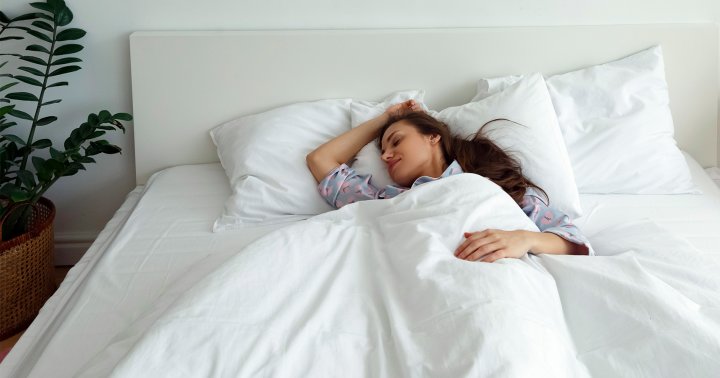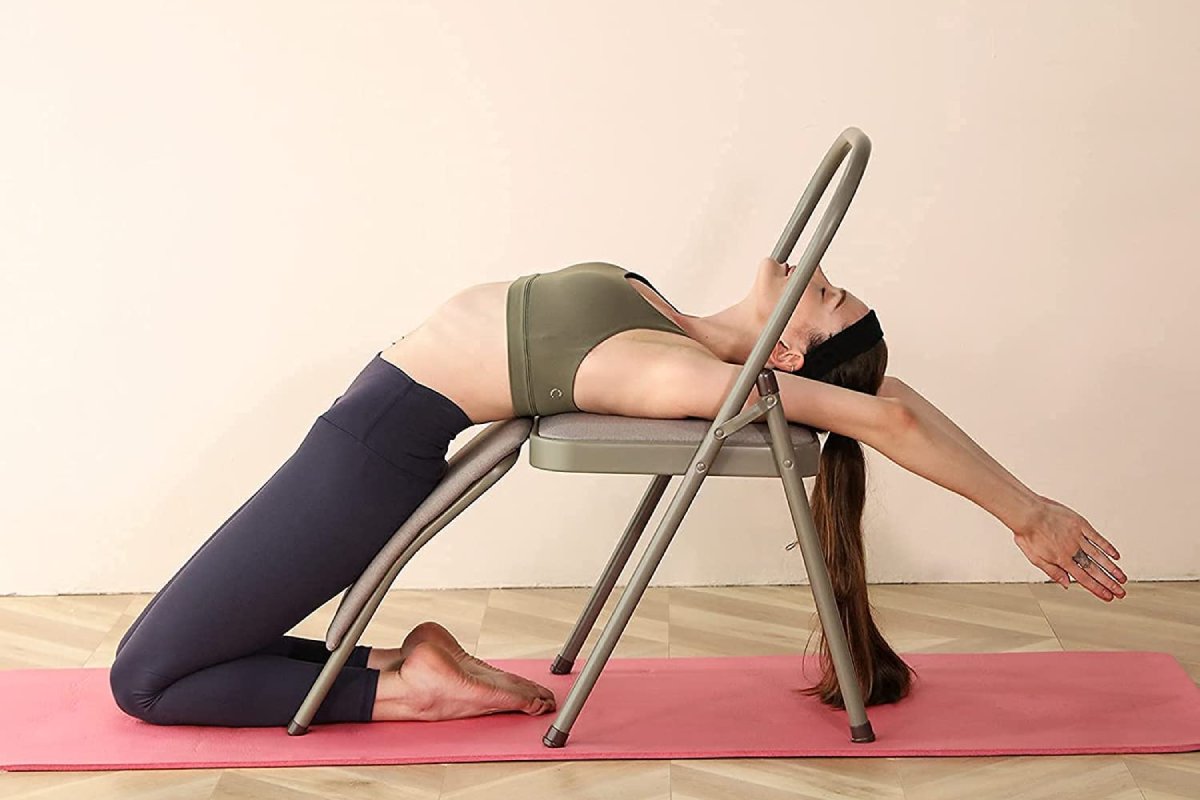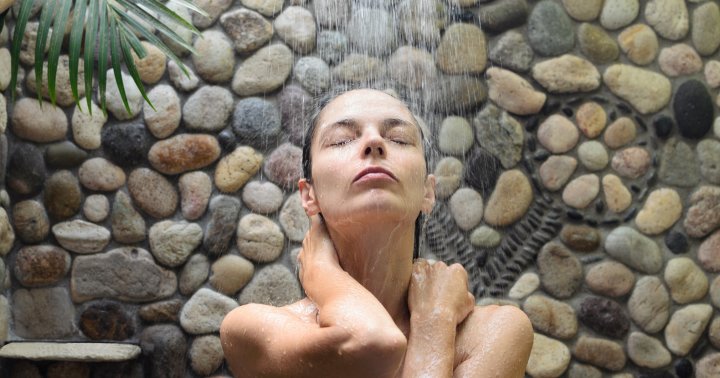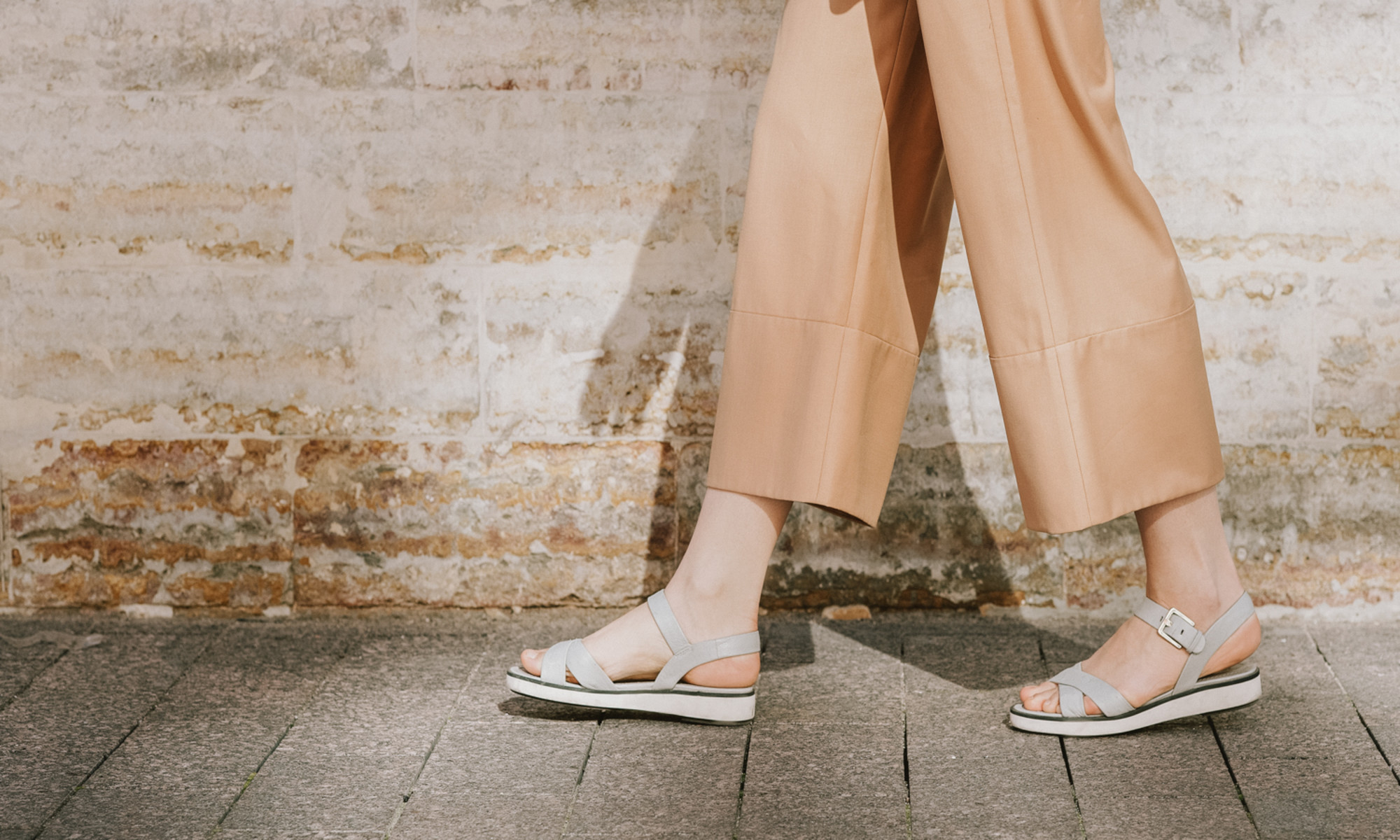DIY Perfumery: Crafting Your Own Fragrances at Home
A perfume can help you to showcase your own personality statement and impress others. Checkout some fragrance crafting basics and explore DIY perfuming.

A perfume can be a statement of your style, status symbol, mood freshener, or even works as an impression agent. Today, you can make your own perfume as per your likes and requirements in your home. Here are some basics of perfume making that may tempt you to try DIY perfumery and get creative. ~ Ed.

The art of making perfumes originated in the ancient civilizations. They discovered that the mixture of essential oils and aromatic chemicals emit a pleasant and fragrant odour. In those ancient times, people even used flowers, herbs, dry fruits, and spices and continued perfecting the perfume-making equipment and techniques.
Crafting your own fragrance at home not only offers a creative outlet but also enables you to tailor your perfumes to fit your mood, style, and preferences. This guide will walk you through the basics of homemade perfumery, from selecting ingredients to blending your first signature scent.
The Basics of Fragrance Crafting
When embarking on the journey of DIY perfumery, it’s essential to understand the balance of scents, especially when working with strong perfumes. These potent essences can be overpowering if not used judiciously. Start with a vision of what you want your fragrance to evoke — be it the freshness of a spring morning or the warmth of a cosy evening by the fire. Remember, the beauty of homemade perfume lies in its ability to be perfectly attuned to your personal scent profile.
Choosing Your Ingredients
The first step in DIY perfumery is selecting your base, middle, and top notes. Base notes are the foundation of your perfume, lasting the longest and giving depth. Common base notes include sandalwood, vanilla, and musk. Middle notes, or heart notes, form the core of your fragrance, making it pleasant and balanced. Floral scents like rose, jasmine, and lavender are popular choices. Top notes are the first impression of your perfume, light and evaporating quickly, such as citrus, bergamot, or peppermint.
Creating Harmony
The key to a successful DIY perfume is achieving harmony among the chosen notes. Begin with a carrier oil like jojoba or almond oil as your perfume base. Add your base notes first, followed by middle and then top notes. A general ratio to follow is 20% top notes, 50% middle notes, and 30% base notes, but feel free to adjust according to your preference.
Testing and Refining
Once blended, let your perfume sit for a few days to allow the scents to meld together. This resting period is crucial for the development of the fragrance. Afterward, test your perfume on your skin to see how it interacts with your body chemistry.
The Joy of DIY Perfumery
DIY perfumery offers an enriching and enjoyable experience, allowing you to delve into the art of fragrance creation. It’s a journey of discovery, experimentation, and ultimately, self-expression. As you explore different scents and combinations, you’ll not only create something unique, but you’ll also gain a deeper appreciation for the complexities of fragrance.
Over to you
Have you tried crafting your own perfume at home? What scents inspire you the most? Share your experiences and favourite blends!

 Hollif
Hollif 
































